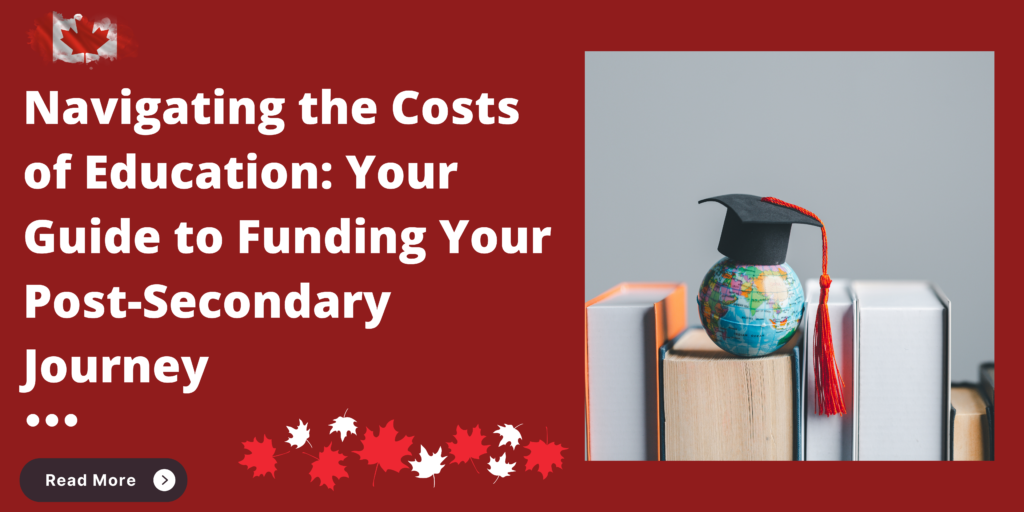Affording post-secondary education can be a challenge, but there are various strategies and options available to help you manage the costs. Here’s a breakdown of how you can finance your education through loans, credit, and other resources.
Understanding Student Loans: Borrow Now, Pay Later
Student loans can provide immediate financial assistance for your education, allowing you to cover expenses now and repay the amount later. Here’s what you need to know:
- What Is a Loan? Borrowing money for school is called taking out a loan. You’ll need to repay the borrowed amount plus interest—the extra cost for borrowing.
- Types of Student Loans:
- Government Student Loans: Available from both the Alberta and Canadian governments. Apply once through Alberta Student Aid to be considered for loans from both sources.
- Full-Time Students: Loans are interest-free and payment-free while you’re in school. You’ll have a six-month grace period post-graduation before repayments start, and no interest will accrue during this period.
- Part-Time Students: Interest doesn’t accrue while you’re studying part-time, but you’ll need to start repayments seven months after leaving school. If you have previous full-time loans, inform your lender to keep your part-time status interest-free.
- Grants: When applying for student loans, you’re also considered for grants, which are free money that doesn’t need to be repaid.
- Repayment Assistance: If you struggle with repayment, you may negotiate terms or access government programs. Consult your school’s financial aid office for guidance.
- Government Student Loans: Available from both the Alberta and Canadian governments. Apply once through Alberta Student Aid to be considered for loans from both sources.
Student Lines of Credit: Flexible, But Watch the Costs
A student line of credit from a bank or credit union can be a viable option:
- What Is a Line of Credit? Unlike a lump-sum loan, a line of credit lets you borrow money as needed, up to a set limit.
- Considerations:
- Co-Signer: You may need a co-signer if you lack a job or credit history.
- Interest Rates: Interest accrues immediately, and the rate is set by the bank.
- Repayment Terms: You might not need to start repaying the principal for up to 24 months after graduation, but interest continues to accrue.
- No Repayment Assistance: Unlike government loans, there’s no government-backed repayment assistance for lines of credit.
Student Credit Cards: Manage Day-to-Day Expenses
Student credit cards offer a way to handle daily costs:
- Features: Typically have low limits and no fees, with a 21-day grace period for interest-free repayment. Be cautious of high interest rates if the balance isn’t paid in full.
- Using Responsibly: Manage your spending to ensure you can pay off the balance each month and avoid high interest charges.
Exploring Family Support: Open the Conversation
Discussing financial support with your parents or guardians can be challenging but essential:
- Borrowing from Family and Friends: Consider borrowing from someone you trust. Draft a repayment plan and agreement to formalize the terms.
Tips for All Types of Borrowing
- Apply Early: Aim to apply for loans and credit at least 60 days before classes begin.
- Documentation: Ensure you have a Social Insurance Number and an Alberta Student Number.
- Eligibility: Be aware that your financial situation affects eligibility for loans and grants.
- Repayment Responsibility: You are legally obligated to repay your loan, regardless of whether you complete your studies or secure employment.
- Minimize Debt: Borrow only what you need and pay off loans as quickly as possible to reduce interest costs.
By exploring these options and planning carefully, you can manage your educational expenses effectively and focus on achieving your academic goals.



